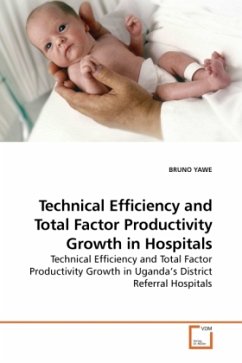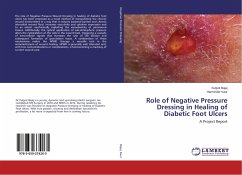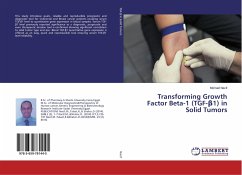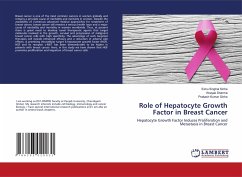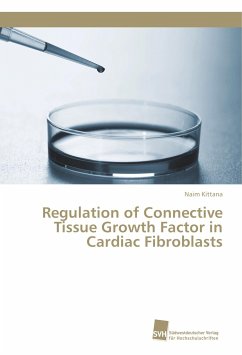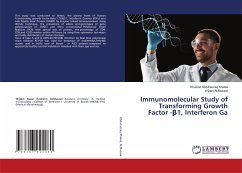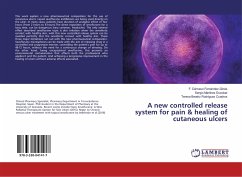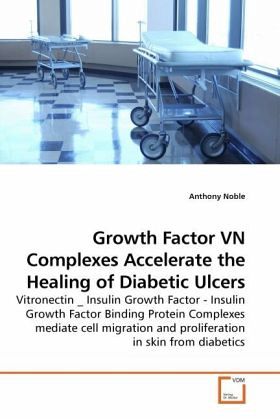
Growth Factor VN Complexes Accelerate the Healing of Diabetic Ulcers
Vitronectin _ Insulin Growth Factor - Insulin Growth Factor Binding Protein Complexes mediate cell migration and proliferation in skin from diabetics
Versandkostenfrei!
Versandfertig in 6-10 Tagen
52,99 €
inkl. MwSt.

PAYBACK Punkte
26 °P sammeln!
The findings outlined in this thesis show that VN:IGFBP:IGF-I complexes can elicit enhanced growth and migration in cells derived from skin from both normal and diabetic patients. Further, these responses are maintained in conditions found in the diabetic wound microenvironment, namely in the presence of high glucose and high calcium. Together these findings demonstrate the potential of the VN:IGFBP:IGF complexes as wound healing agents to treat wounds, especially diabetic ulcers. Such delayed healing wounds represent a significant burden to healthcare systems and are one of the primary condit...
The findings outlined in this thesis show that VN:IGFBP:IGF-I complexes can elicit enhanced growth and migration in cells derived from skin from both normal and diabetic patients. Further, these responses are maintained in conditions found in the diabetic wound microenvironment, namely in the presence of high glucose and high calcium. Together these findings demonstrate the potential of the VN:IGFBP:IGF complexes as wound healing agents to treat wounds, especially diabetic ulcers. Such delayed healing wounds represent a significant burden to healthcare systems and are one of the primary conditions that leads to the amputation of limbs. Current treatments do not address the co-ordination of ECM and growth factor action on cells that is here demonstrated to stimulate multiple wound healing related functional effects in skin cells. The data presented here represents important new information that may guide the design of new integrated therapeutics which may enhance the healing of recalcitrant diabetic ulcers.



